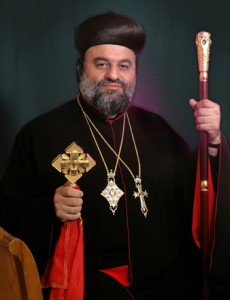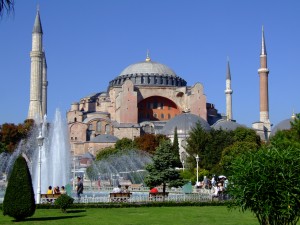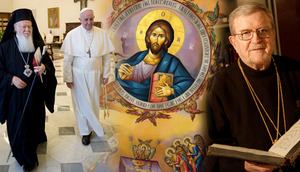What does it mean to say “Theologically… thus and such….”
There are many “professional” theologians and types of reflection on God, the biblical teaching, ecclesial tradition, prayer, the spiritual life, etc, how do you discern who to read? Sometimes the professionals lack the lex agenda (that is, the law of life) that’s required for an authentic Christian life. By nature, we worship, believe, live and act in accordance with the promptings of the Holy Spirit. It will make your head spin in trying to make a good decision on what to read and what to avoid. We know that not everything in print (or on a blog) is worth the time.
Admittedly, Catholics, clergy and laity alike, can stand behind the veil of something they know little about and the implications of what is published. Selecting a good book in theology is often made in a knee-jerk way. For example you will hear some priests say, “I will never read anything written by a Jesuit” or “she’s fema-nazi, a heretic” or there is a perspective that contends that “reading outside the ecclesial family is wrong.”
It is true, not everything in the field of liberation theology is germane to an authentic Catholic life. But that can be said of all the allied fields in theological reflection. An honest intellectual will say that you have to know what reasonable people are saying. We need less ideology and more openness to faith and reason is needed. Faith and reason are oriented in loving the truth. So while one could argue that the theological reflection of Hans Urs von Balthasar and Joseph Ratzinger is far more satisfying than Hans Kung and Karl Rahner when you read, study and pray with sacred Scripture, knowing a something of the other is good. A critical reader ought to be able to enter into a respectful and lively dialogue with thinkers; there can’t be an a priori stance that one or the other is always wrong. The default answer to every question doesn’t have to be NO. Yet. dialogue is not negotiation; openness to the other doesn’t mean you compromise the truth. The point is that we have to have an objectivity (know the the sources of claims made) about what believe and teach and live.
I have long argued that a Catholic’s first theological reflection is liturgical. The maxim of St Prosper of Aquitaine guides: legem credendi lex statuat supplicant. Meaning: The Church’s faith precedes the faith of the believer who is invited to adhere to it. When the Church celebrates the sacraments, she confesses the faith received from the apostles – whence the ancient saying: lex orandi, lex credendi (or: legem credendi lex statuat supplicandi, according to Prosper of Aquitaine [5th cent.]). The law of prayer is the law of faith: the Church believes as she prays. Liturgy is a constitutive element of the holy and living Tradition (Catechism, 1124). Let’s start here rather than attend to confessional lines of how catholic one is, or not.
The point of theology is reflect in a public way who God is and God’s grace operative in our world. Theology is in pursuit of wisdom and of making disciples.
A 2008 blog post at Erenikon, “What is Orthodox Theology?” asked the same questions regarding but for the Orthodox believer. I would say that much of is held and live in the Orthodox Church coheres with Catholic theology. Several Catholic theologians I know use the thinking of professional theologians who belong to the Orthodox Church.
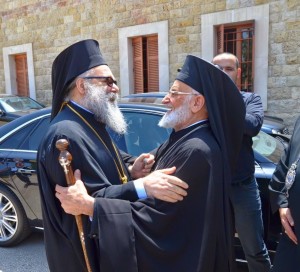 The annual Synod of Bishops of the Melkite Church just finished meeting. The Melkite bishops from around the world meet together each year for some time in prayer, discussions on theology, liturgy, canonical process and the election of bishops. This year the Orthodox Patriarch of Antioch, John X, met with Melkite Patriarch Gregory III –a historic meeting.
The annual Synod of Bishops of the Melkite Church just finished meeting. The Melkite bishops from around the world meet together each year for some time in prayer, discussions on theology, liturgy, canonical process and the election of bishops. This year the Orthodox Patriarch of Antioch, John X, met with Melkite Patriarch Gregory III –a historic meeting.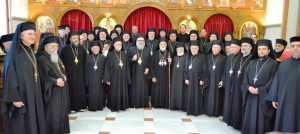 Saint Peter and Paul, pray for us.
Saint Peter and Paul, pray for us.